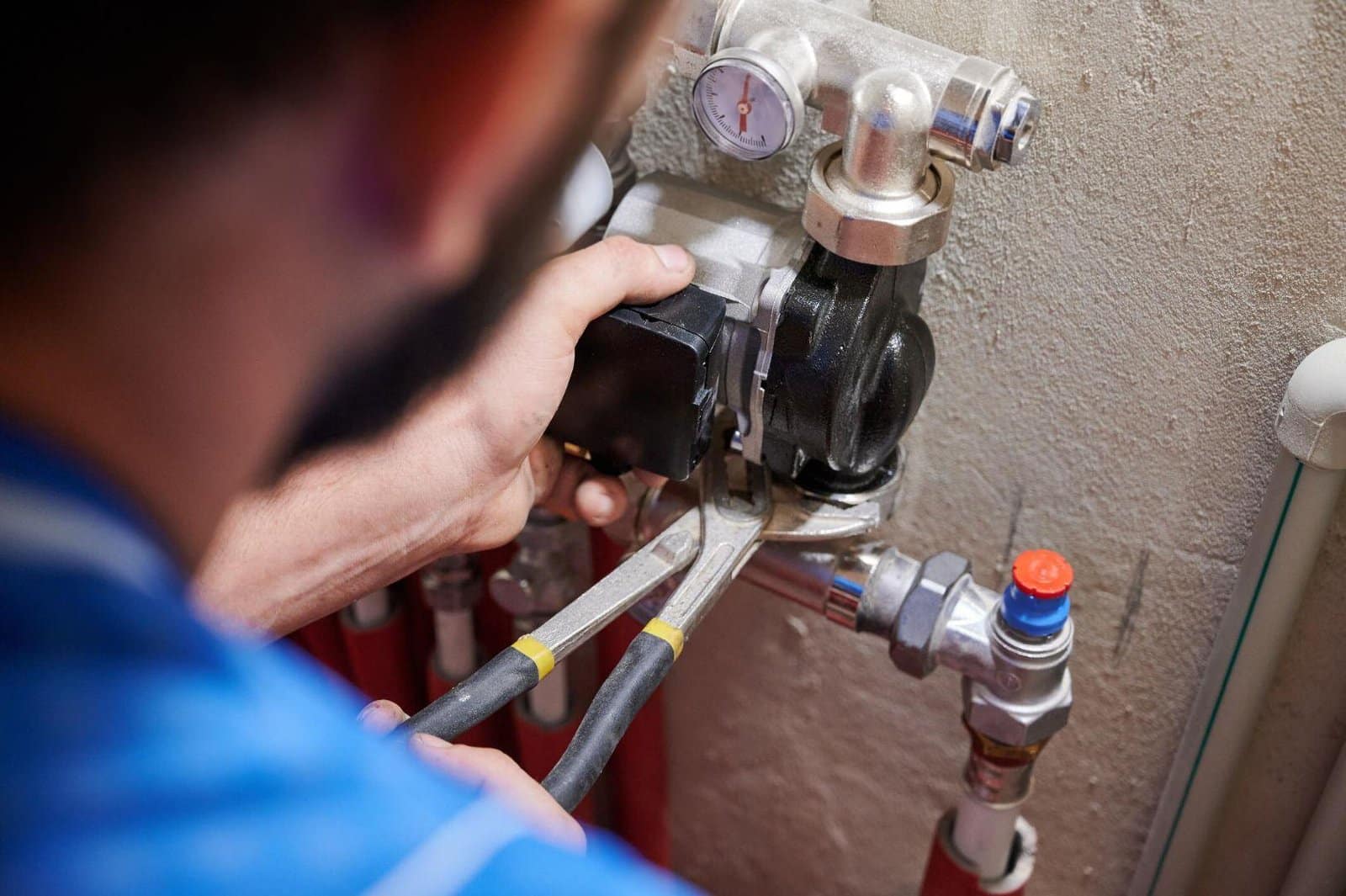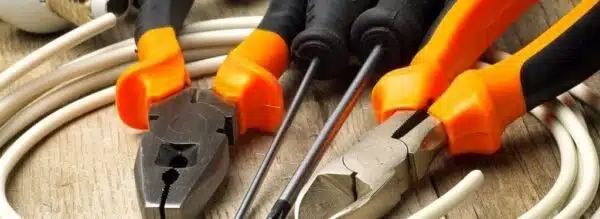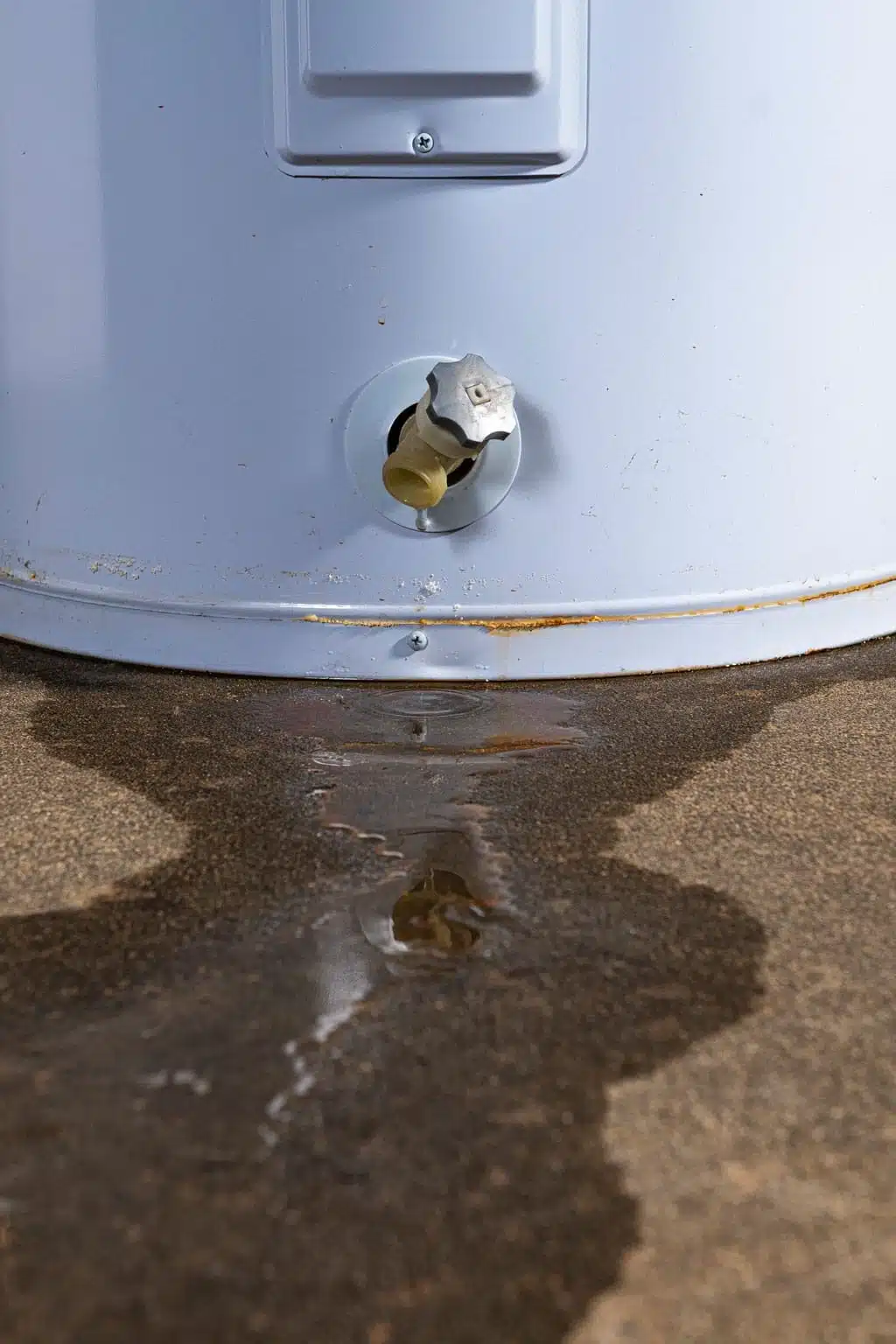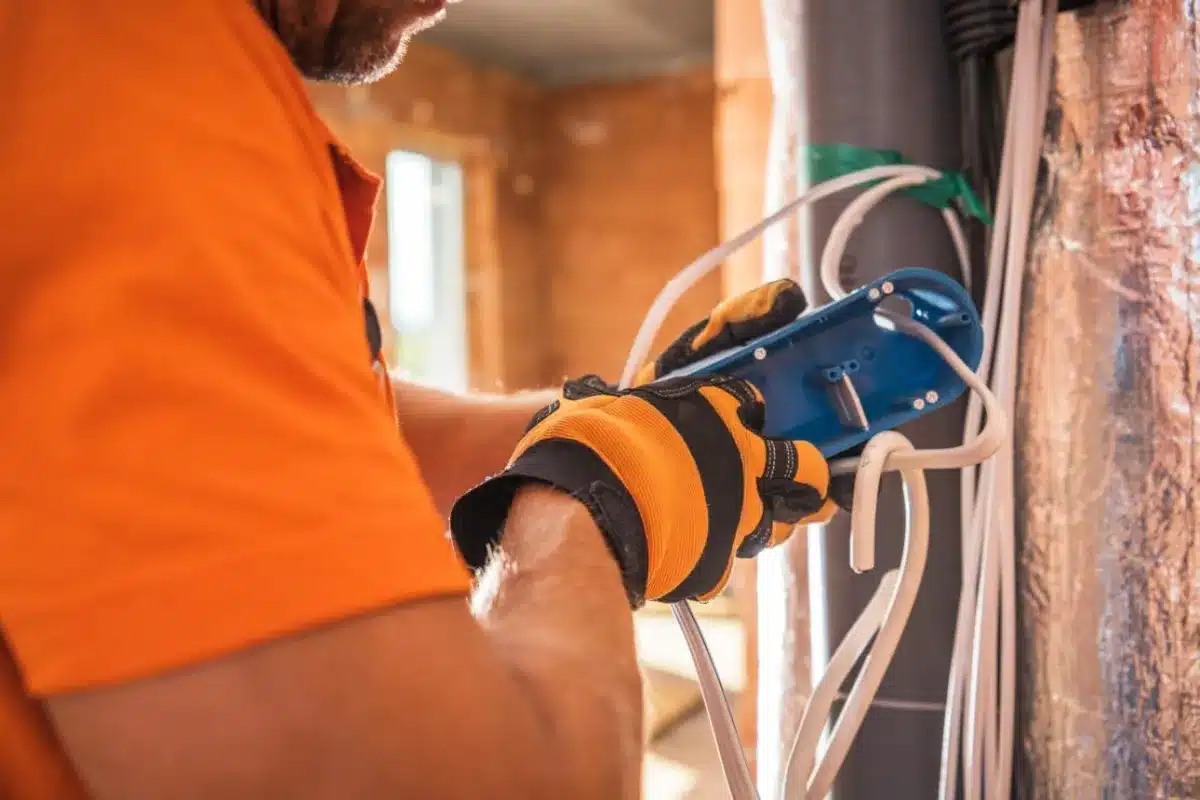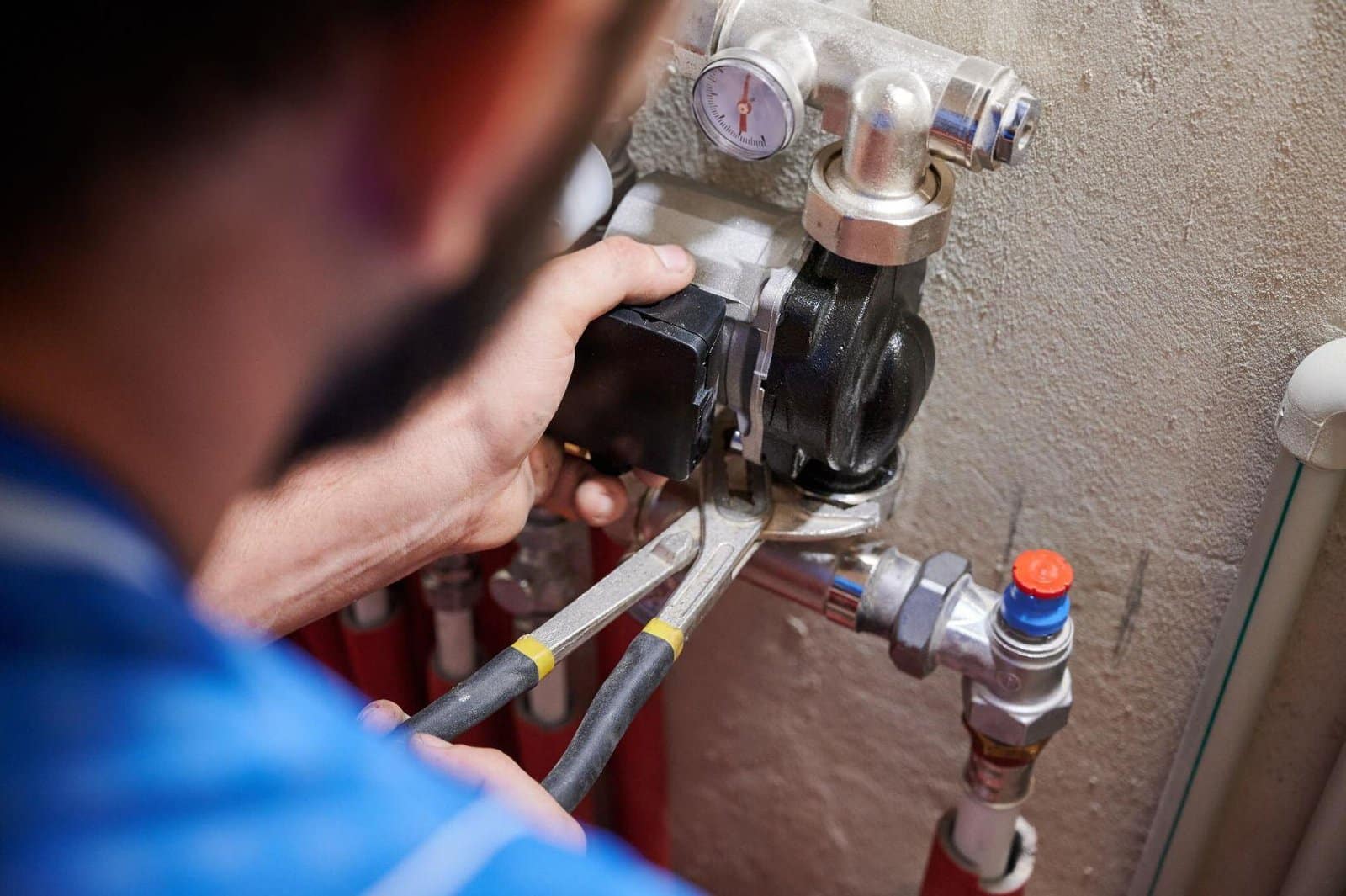Electrical Code Compliance – What would you do if a small electrical fault suddenly turned into a major disaster in your home?
This isn’t just a minor inconvenience; it’s a serious safety hazard. This highlights the crucial importance of electrical code compliance. But what does it really mean for your home to be ‘code compliant’?
Let’s explore the essentials of electrical safety and understand why adhering to these standards is more than just following regulations—it’s about ensuring the safety of your home, particularly in cities like Bedford, TX, Euless, TX, and Grapevine, TX.

What is Electrical Code Compliance?
Definition and Importance
Electrical code compliance refers to the adherence to a set of regulations developed by local and national electrical safety authorities. These codes are designed to ensure the installation and maintenance of electrical systems that are safe, reliable, and efficient.
Compliance with these codes is not optional; it’s a legal requirement that also serves as the first line of defense against electrical fires and other hazards.
Overview of National and Local Codes
The National Electrical Code (NEC) is the benchmark for safe electrical design, installation, and inspection. It protects people and property from electrical hazards.
Regions like Bedford, Euless, and Grapevine might adhere strictly to the NEC or may have additional local codes that address specific regional safety concerns or construction practices.
Understanding both the national standards and local amendments is crucial for homeowners and professionals alike.
The Importance of Electrical Code Compliance
Safety Considerations
Every year, electrical malfunctions account for thousands of home fires in the United States. By adhering to electrical codes, homeowners significantly reduce the risk of such disasters.
These codes are not static; they are updated regularly to integrate new technologies and incorporate lessons learned from past incidents, ensuring they remain relevant and effective in promoting safety.
Additionally, compliance with these codes helps protect appliances and electronics from damage caused by faulty electrical systems.
Legal Requirements and Potential Penalties
Non-compliance with electrical codes can lead to severe consequences, including hefty fines, penalties, and even the denial of insurance claims.
In extreme cases, non-compliance can result in criminal liability, particularly if negligence in adhering to codes leads to accidents or injuries.
It’s crucial for homeowners to stay informed about the latest electrical standards to avoid legal issues and ensure the safety of their homes.
Impact on Insurance and Home Resale Value
For homeowners looking to sell their properties or buy insurance, compliance with electrical codes can significantly affect decisions.
Homes that meet these standards are often easier to insure and sell because they present lower risks to insurers and are more appealing to informed buyers.
Compliance serves as a key selling point, highlighting the safety and up-to-date maintenance of the property.
Key Elements of Electrical Code Compliance
Wiring and Circuits
Proper wiring and circuit design are fundamental to electrical code compliance. This includes using the correct type and gauge of wire, providing adequate protection from overloads, and ensuring that all connections are secure and properly insulated.
Adherence to code specifications prevents electrical overheating and minimizes the risk of fire hazards in homes.
Grounding and Bonding
- Grounding Systems: Grounding systems protect against electrical shocks by providing a path for fault currents to earth, significantly reducing the risk of electrocution. This is particularly important in areas prone to lightning strikes or where high-powered appliances are used.
- Bonding: Bonding connects the conductive parts of an electrical installation to keep the voltages the same across various metallic components, which reduces the chances of electrical shock. This process is essential for maintaining a safe electrical environment within the home.
Electrical Panels and Circuit Breakers
The heart of a home’s electrical system is its panel and circuit breakers, which must be configured correctly to handle the home’s electrical load safely. These components should be easily accessible, clearly labeled, and free from obstructions to ensure safety and ease of maintenance.
Outlets, Switches, and Fixtures
The installation of outlets, switches, and fixtures must comply with the code to prevent overheating, shocks, and other hazards. This includes having GFCI outlets in wet areas like kitchens and bathrooms to prevent shock, and ensuring that all fixtures are suitable for their application and correctly rated.
Common Electrical Code Violations
Overloaded Circuits
One prevalent issue is overloaded circuits, which occur when too many appliances draw power from a single source.
This can cause breakers to trip, wires to overheat, and potentially start a fire. Homeowners should be mindful of the electrical load on each circuit and use surge protectors to manage and distribute the load safely.
Improper Grounding
Adequate grounding is often overlooked in DIY electrical work, yet it’s critical for safety. Improper grounding can lead to a dangerous buildup of electrical current, which can cause shocks or electrocution. It’s vital that grounding systems are checked and maintained regularly by a licensed electrician.
Insufficient Spacing Around Electrical Panels
Electrical panels must have sufficient clear space around them to ensure safety during maintenance and emergencies. Obstructions can pose significant risks to homeowners and technicians alike, potentially impeding rapid access during a crisis.
Use of Outdated Wiring
Many older homes may still have knob-and-tube wiring or aluminum wiring, which do not meet current safety standards. These outdated systems can degrade over time and pose significant fire risks. Homeowners are encouraged to upgrade to modern wiring systems that meet current codes and enhance safety.

How to Ensure Your Home Meets Electrical Codes
Hiring a Licensed Electrician
- Expertise and Compliance: Hiring a qualified, licensed electrician ensures all electrical work, including installations and maintenance, adheres to the strictest safety standards and code requirements. Their deep understanding of codes enables effective and compliant implementations.
- Certification and Documentation: Licensed electricians can provide necessary documentation and certifications confirming that your home’s electrical systems comply with both local and national standards. This documentation is crucial during property transactions or when renewing home insurance.
- Safety and Accountability: A professional electrician not only enhances safety through expert work but also offers accountability. If any issues arise related to the electrical work, a licensed professional is obligated to resolve these in compliance with safety standards.
- Up-to-date Knowledge: Licensed electricians are required to stay informed about the latest electrical codes and safety practices, ensuring your home benefits from the latest advancements in electrical safety.
Regular Inspections and Assessments
Having your electrical system regularly inspected by a professional is crucial, especially after renovations or when adding new appliances.
These inspections help identify potential compliance issues before they become major problems. Regular assessments can also extend the life of your electrical appliances and systems by ensuring that they are running efficiently and safely.
Updating Old Wiring and Fixtures
If your home has outdated wiring or fixtures, consider updating them to meet current codes. This not only improves safety but also enhances the efficiency and functionality of your electrical system.
Modern electrical components are designed to be more energy-efficient and safer, which can reduce your overall energy costs and increase the safety of your home.
Electrical Code Compliance for New Constructions
Planning and Permits
When planning new construction projects, obtaining the necessary permits is the first step toward ensuring electrical code compliance. This process involves detailed planning where every aspect of the electrical system is designed according to current safety codes.
It’s essential to submit comprehensive plans to local authorities, which typically include schematics of wiring, placement of panels, and types of fixtures.
This meticulous documentation helps avoid future issues and delays, ensuring that every component conforms to legal and safety standards.
Working with Contractors and Inspectors
Choosing the right contractors and closely working with certified inspectors are critical components of achieving electrical code compliance in new constructions.
It is vital to hire contractors who are licensed and have a proven track record of adhering to local and national electrical codes.
Regular inspections conducted by certified inspectors at various stages of the construction process ensure that the installation remains compliant with the latest safety standards, thus preventing costly modifications after project completion.
Key Considerations for Safety
Safety is the primary concern in new constructions. Key safety considerations include installing sufficient smoke detectors, planning for adequate electrical outlets to avoid future overloads, and ensuring proper grounding and bonding systems are in place.
Additionally, special attention should be paid to areas that require waterproof or weatherproof electrical components to prevent moisture-related hazards.
Ensuring that all electrical materials used are of high quality and up to code is fundamental to long-term safety and compliance.
Electrical Code Compliance for Renovations
Upgrading Existing Systems
Renovating an older home often requires upgrades to the electrical system to meet current codes and support modern electrical loads.
This might include replacing old wiring, adding additional circuits, and updating the service panel to handle increased electrical demands safely.
Upgrading existing systems not only brings them up to current standards but also improves the overall safety and efficiency of the home’s electrical system.
Integrating New Technologies
As homes are renovated, many homeowners choose to integrate new technologies, such as smart home systems, advanced security systems, and energy-efficient appliances.
Each of these technologies often requires specific electrical considerations to ensure they function correctly and safely.
For instance, smart home systems may need dedicated circuits and compatible fixtures that can handle digital communications without interference.
Common Challenges and Solutions
Renovations can often reveal unexpected issues that may complicate progress. Here are some of the common challenges encountered and practical solutions to address them:
- Outdated Wiring and Non-Compliant Work: Renovations often reveal outdated wiring that doesn’t meet current codes, requiring a complete rewiring and upgrade of electrical components to ensure safety and functionality.
- Integrating Modern Systems into Existing Structures: Integrating modern electrical systems into older structures is challenging due to space limitations; the solution involves creatively rerouting wiring and adjusting layouts to accommodate new technologies.
- Conformance to Current Standards: Ensuring renovations comply with both existing architecture and modern electrical codes requires collaboration with experienced electricians and regular oversight by building inspectors to ensure all changes are up to standard.
- Limited Access and Space for Upgrades: Older buildings often lack the space for new electrical panels and systems; addressing this involves reassessing the electrical layout to identify possible areas for expansion or reconfiguration to safely accommodate updates.
Addressing these challenges effectively requires a combination of expertise, careful planning, and flexibility to adapt to the unique conditions of each renovation project.
DIY Tips for Electrical Code Compliance
Simple Fixes and Upgrades
Learn to perform simple tasks like replacing outlets or installing dimmer switches that comply with local electrical codes. These small changes can make a big difference in safety and functionality. For example, installing tamper-resistant (TR) outlets can prevent young children from inserting foreign objects, reducing the risk of electrical injuries.
When to Call a Professional
Recognize when a project is beyond your skill level. For complex installations or major upgrades, always call a professional electrician. Projects like upgrading your service panel, installing new circuits, or rewiring a section of your home should always be handled by a licensed professional to ensure safety and compliance.
Safety Tips for DIYers
Always turn off the power at the main breaker before starting any electrical work. Use tools with insulated handles, wear rubber-soled shoes, and keep a fire extinguisher handy. Additionally, never work alone on electrical tasks; having someone nearby in case of an emergency can make a critical difference.
Benefits of Maintaining Electrical Code Compliance
Enhanced Safety and Peace of Mind
Knowing your home meets electrical safety standards provides peace of mind and significantly reduces the risk of electrical hazards. This compliance protects not only your property but also everyone who lives in or visits your home.
Increased Property Value
Compliance can increase your home’s market value. Buyers are more likely to invest in a home that is safe and has up-to-date systems. A home that adheres to electrical codes is also easier to insure and finance, making it more attractive in the competitive real estate market.
Lower Insurance Premiums
Many insurers offer lower premiums for homes that comply with current electrical codes, reflecting the reduced risk of electrical fires and accidents. This compliance can also speed up the claims process in the event of an electrical incident, as insurers are more likely to expedite claims for homes that adhere to safety standards.
Conclusion: Stay Safe and Compliant
Maintaining electrical code compliance is not just about meeting legal requirements; it’s about ensuring your home is safe and your electrical systems are efficient.
If you’re unsure about the state of your home’s electrical system, it’s time to call the experts. At Tioga Plumbing & Electric, we ensure that your home meets all necessary electrical standards. Don’t take risks with your safety—ensure your peace of mind.
Get Expert Help Now: Call Tioga Plumbing & Electric!
Ensure your home’s safety and compliance with just one call. Contact Tioga Plumbing & Electric today—your trusted partner in maintaining electrical code standards.
Our team of certified electricians is ready to provide top-notch service and advice, helping you navigate complex electrical standards with ease.
Trust us to keep your home safe, efficient, and fully compliant. Don’t wait for electrical issues to escalate; get peace of mind by calling Tioga Plumbing & Electric now!
FAQs
What is Electrical Code Compliance and why is it important?
Electrical Code Compliance refers to the adherence to a set of regulations governing the design, installation, and inspection of electrical systems. It is crucial to ensure that electrical systems are safe, efficient, and capable of preventing hazards such as electrical fires and shocks.
How often should I have my home inspected for Electrical Code Compliance?
It is recommended to have your home’s electrical system inspected for Electrical Code Compliance at least once every few years, or more frequently if undergoing renovations, installing new appliances, or if the home is over 40 years old.
Who is responsible for ensuring Electrical Code Compliance in a new building?
The primary responsibility for ensuring Electrical Code Compliance in new constructions lies with the electrical contractor and the project manager. However, local building inspectors also play a crucial role in verifying compliance through various stages of construction.
What are the consequences of not adhering to Electrical Code Compliance?
Non-compliance with Electrical Code Compliance can result in serious consequences, including legal penalties, fines, and increased risk of electrical hazards. Non-compliance can also lead to difficulties in selling the property or making insurance claims.
How can I find a professional to check if my home meets Electrical Code Compliance?
To ensure your home meets Electrical Code Compliance, it is best to hire a licensed electrician who specializes in residential electrical systems. You can find qualified professionals through local business directories, professional electrical associations, or by asking for referrals from friends and family.
Taking a bite out of Your Plumbing & Electrical needs
Other Electrical & Plumbing Services

Taking a bite out ofYour Plumbing & Electrical needs
We make fixing your home easier than ever. Whether it’s a leaky pipe, faulty wiring, or an urgent repair, our experts deliver fast, reliable solutions you can count on.











